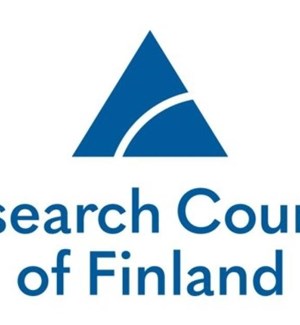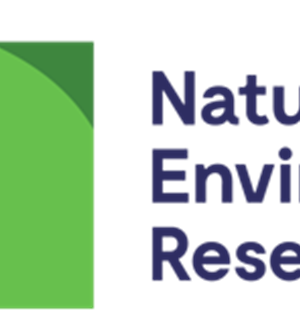- Nanyang Technological University - Singapore,
- University of San Carlos - Philippines
An estimated 5 million tonnes of plastic enters SE Asian waters each year, with much of this ending up in the coastal environment. The Philippines, with a population of 110 million, relies strongly on coastal tourism for its economy, and Philippine marine plastic pollution has been attributed to the reliance on single-use plastic (SUP) for everyday household essentials. Although research to date has focused on identifying the quantity and location of plastics, such as the much publicised but potentially misleading "vast ocean garbage patches" (which are, in reality, more like plastic soups), less research has been conducted on determining transport pathways and budgets of marine plastics. In this project, we will focus on the Cebu Islands (Philippines). The challenge of reducing the impacts of marine plastics in this region is acute, and there is an urgent need for sustainable economic development. The Cebu Islands are home to the biggest marine protected area in the Philippines. Through the development of a Sources-Pathways-Receptor (SPR) modelling framework, in this project we will map the transport of marine plastic litter (MPL) from source to sink. The model will incorporate novel non-conservative terms to simulate transformation of the plastic waste as it travels through the system, incorporating, among other processes, changes due to exposure to UV light and mechanical degradation due to wave action. We will focus on the impacts of the plastic waste to mangroves - an unknown but potentially important filter in the plastic cycle. It is known that mangroves capture macroplastics (plastics larger than 5 mm) in their roots, and through the intense burrowing activities of bioturbators such as crabs can act as excellent filters and sinks for relatively large pieces of plastic. However, we will determine the role of mangroves in the microplastic (plastics less than 5 mm) cycle, since mangroves could, in fact, act to further disperse plastic as even smaller particles over longer timescales. By accurately resolving the content and type of MPL in space and time, the impact to receptors (services, industry and environment) will be accurately assessed: both physically (mortality and impact to ecosystem function) but also economically (to industries such as fisheries, aquaculture and tourism).
Want to analyze based on this project via our analysis tool? Analyze this project
Knowledge Gaps
Environmental fate and behavior of plastic
Environmental effects and ecotoxicity
Environmental exposure
Degradation
Human toxicity
Publications




